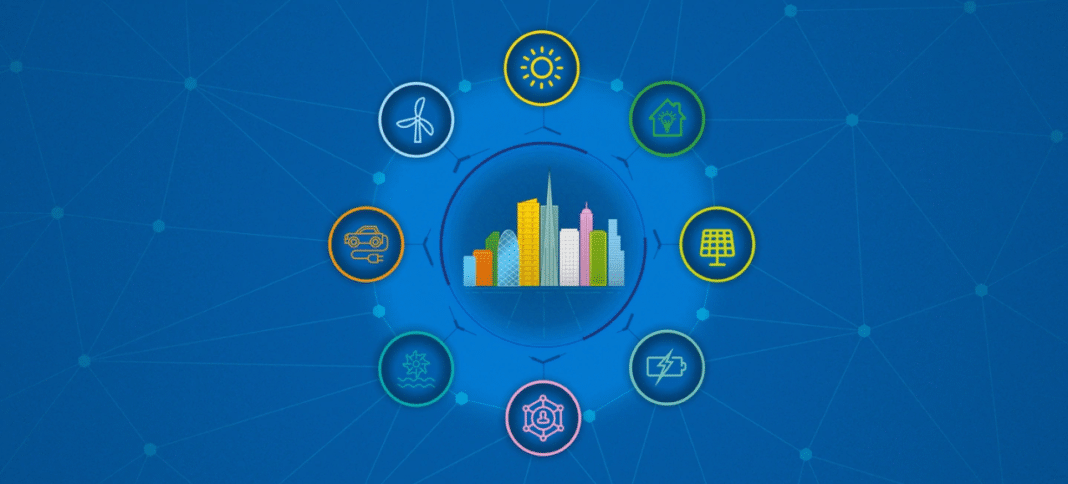Cities’ small geographical footprint belies their significance. They cover 2 percent of the world’s landmass, 1 but account for most of the world’s population, economic activity, and energy use. Here, we focus on the third aspect—energy use—as cities and renewable electricity have, respectively, become the habitat and energy of choice globally. The two are increasingly inseparable. As cities vie to attract growing businesses, talent, and innovation in an increasingly global competition, solar and wind power have become key for many in achieving their smart city goals.
This report discusses how renewables can empower smart cities. We will start by exploring the urbanization and electrification trends that have turned cities and the grid into leading platforms for human activity. Technology can help make these platforms smarter by providing actionable data, but technology’s greatest value lies in its people-centered deployment—that is, to the benefit of all citizens/customers. The goals of a people-centered smart city are economic growth, sustainability, and quality of life, while the goals of a utility are to provide reliable, affordable, and environmentally responsible energy. Solar and wind power are the linchpins to aligning and achieving both sets of goals. To better describe cities that recognize this and harness wind and solar energy, we developed the concept of smart renewable cities (SRCs). SRCs are already powered by solar and wind and envision the further deployment of these sources as integral to their smart city plans. We will discuss each of the aforementioned smart city goals from an SRC perspective, with an emphasis on utilities’ role. First, SRCs can foster economic growth because renewables are competitive with conventional sources and conducive to job creation and innovation. Second, SRCs can promote sustainability through renewable-powered buildings and electric mobility. Third, SRCs tend to offer a higher quality of life by being inclusive, […]

